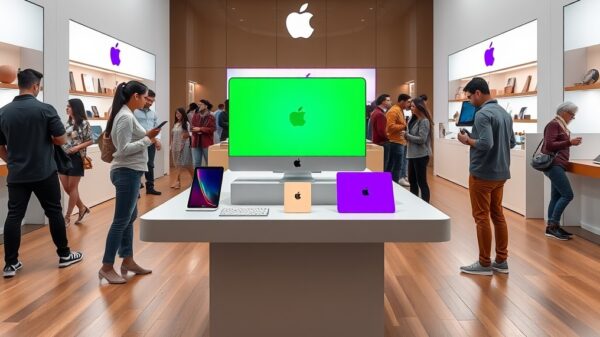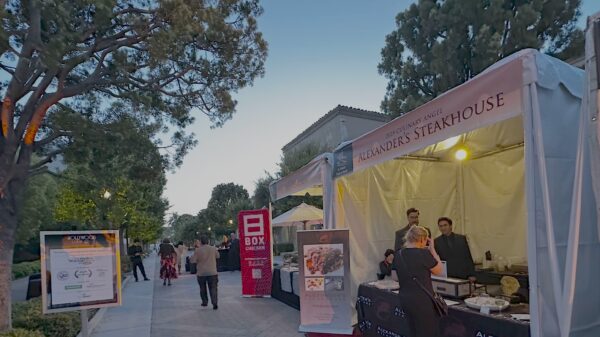Alongside with China’s growing economy, there has emerged an expanding high-income population in China, booming the luxury market of the country. In 2010, China’s total consumption of luxuries increased by 37% year-on-year to over RMB210 billion, of which, about 70% occurred in Hong Kong, Macau and overseas.
China is committed to mapping out policy on lowering tariff on luxury goods. If released, the policy is expected to boost the luxury consumption market in Mainland China. Therefore, the luxury brands involved are extending their layout towards the second-and third-tier cities.
The report sheds light on the market scale and spending features in China’s luxury industry, and highlights the regional spending power as well as the online sales of luxury goods. Moreover, the report also conducts an in-depth analysis of the China-based sales channels and network distribution of leading foreign luxury goods enterprises. And the industry analysis and trend forecast are made in the last chapter.
For LVMH, the most famous brand in China goes to LV bags and luggage. As of late 2011, Louis Vuitton opened a total of 39 exclusive shops all across China. At present, LV is expanding its reach towards the second-and third-tier cities. In addition, the luxury apparel and accessories brands of LVMH available in Mainland China also include Dior, FENDI and Givenchy, which have 37, 19 and 52 outlets in China respectively.
For PPR, it consists of five major groups, namely, Gucci, Puma, Conforama, Redcats, and Fnac, among which, Puma and Gucci are apparel-related. Currently, Gucci has a total of 42 exclusive shops in Chinese Mainland, with one Sanya-based duty-free shop included. In terms of regional distribution, besides the outlets in 2 first-tier cities including Beijing and Shanghai, there are many outlets in second-and third-tier cities such as Shijiazhuang, Taiyuan and Zhengzhou.
At present, Burberry has a total of 57 outlets spreading over 33 cities of China. In 2010, Burberry acquired 50 retail outlets in Mainland China from Hong Kong-based Kwok Hang at a cost of roughly GBP70 million, which increased its average sales area roughly by 12% in the first half of FY2011. And in the second half of FY2011, the outlets newly added in China (including acquired ones and new ones) made up around third fifth of the total newly-increased sales areas worldwide.































